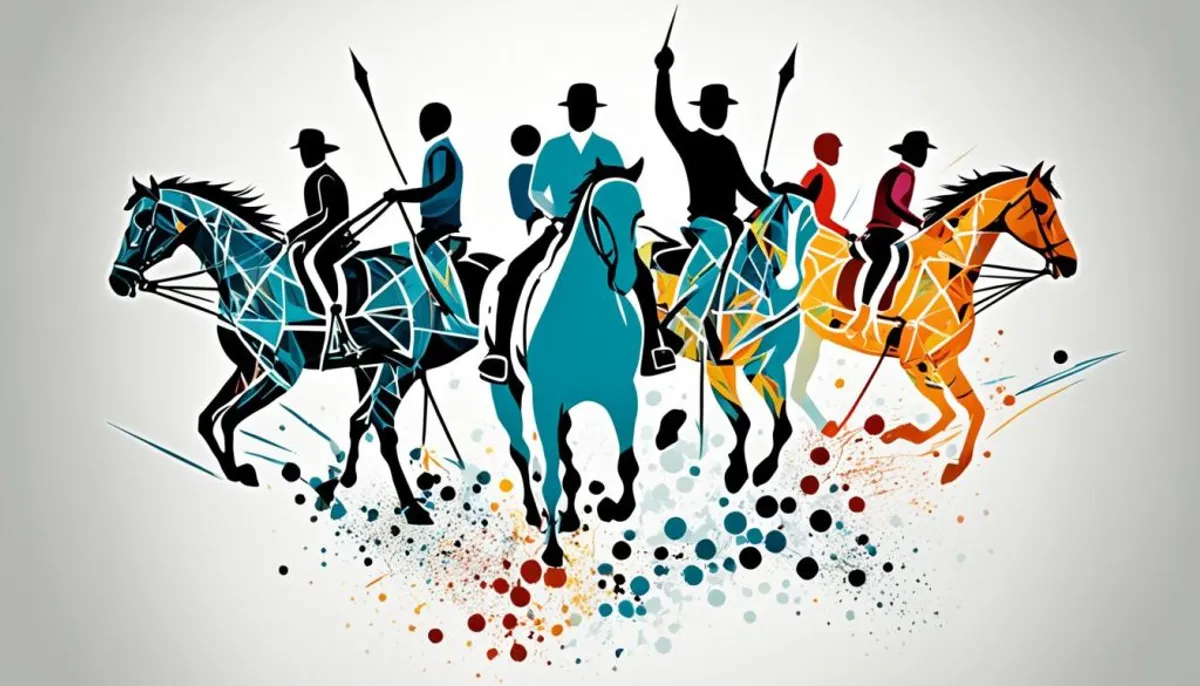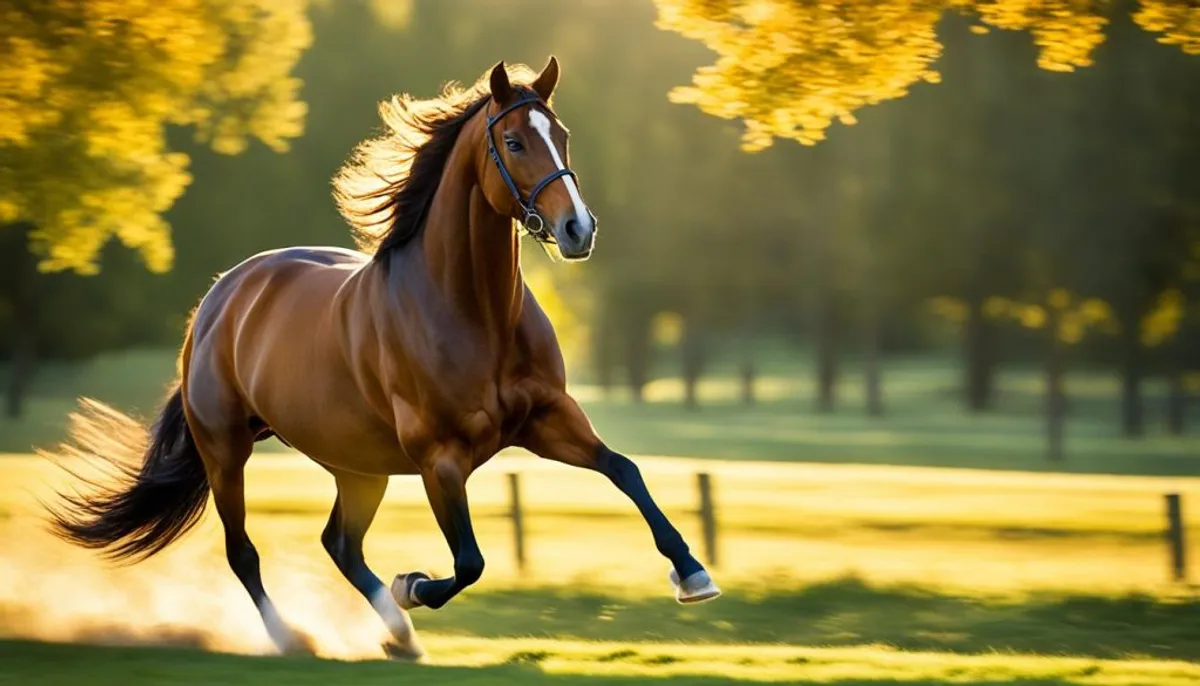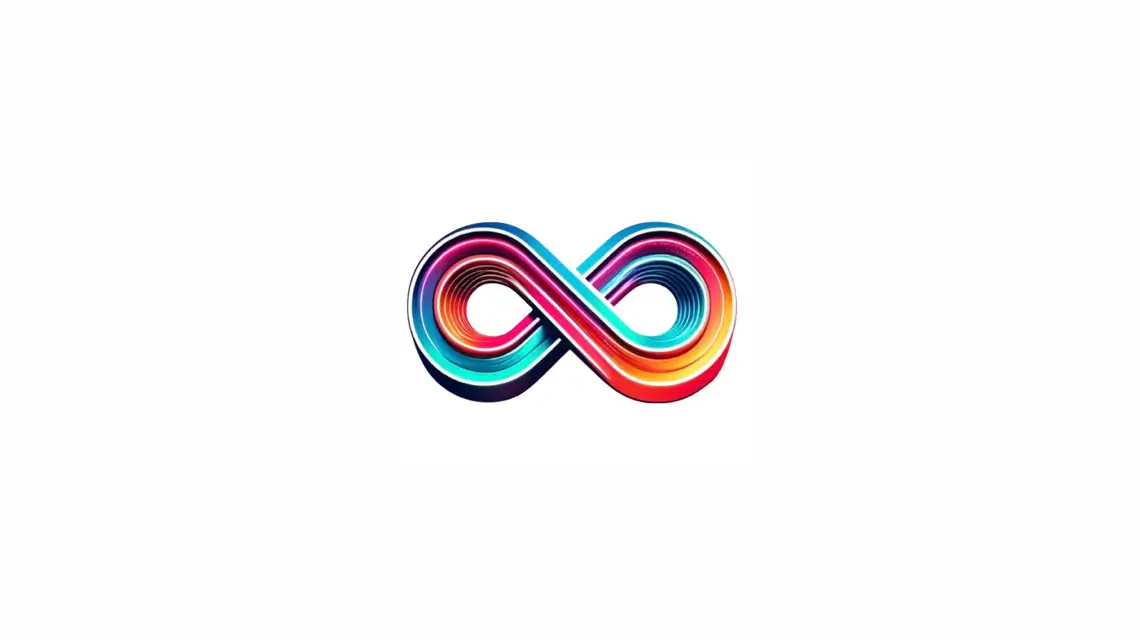Explore the world of horseback riding with this visual guide. It contains 40 riding lessons, explained and illustrated with photos, drawings, and diagrams. Over 1 hour and 30 minutes of online videos offer technical advice.
They cover the rider's positions, aids, gaits, equestrian techniques, and maneuvers. This program is perfect for all riders, whether you are a beginner or experienced. The subtitles make it easier to understand.

Main Achievements
- 40 detailed riding lessons
- 1 hour and 30 minutes of online videos with technical tips
- Rider's positions, aids, gaits, equestrian techniques, and maneuvers
- Subtitles for accessible understanding
- Tailored riding program for beginners and experienced riders
Horseback Riding Video: A Complete Visual Guide
The book provides a detailed overview of the correct rider's positions. It explains step by step with illustrations to understand balance and the position of legs and hands. You will also learn how to use equestrian aids, with diagrams for better understanding.
The Rider's Positions Explained Step by Step
Start by sitting correctly in the saddle. Make sure to keep your back straight and shoulders relaxed. Position your legs evenly, with your heels slightly down. Your hand should remain low and close to your body for better control of your mount.
Master the Aids with Detailed Illustrations
Learn to use equestrian aids such as the seat, hands, legs, whip, and spurs. Detailed diagrams will help you communicate effectively with your horse.
| Aid | Description | Illustration |
|---|---|---|
| Seat | Transmits the rider's positions and balance to the horse. | |
| Hands | Control the direction and speed of the horse. |  |
| Legs | Regulate the impulsion and maintain the riding in balance. |
Equestrian Gaits: From Walk to Gallop
Learning the gaits is essential for advancing in horseback riding. The walk, trot, and gallop each have their own characteristics. You need to know the techniques to master them.
Learn to Control Rhythm and Impulsion
The rhythm and impulsion are crucial for good movement. Here are some tips to improve them:
- Take a balanced and relaxed position to help your horse.
- Use gentle aids to adjust the rhythm and impulsion.
- Monitor the rhythm and power of the gait and adjust your aids.
- Practice regularly to improve your sensitivity and control.
Watch videos to see how to execute each gait properly. This will help you understand the rhythm and impulsion.

| Gait | Rhythm | Impulsion |
|---|---|---|
| Walk | 4 regular beats | Moderate |
| Trot | 2 diagonal beats | Medium |
| Gallop | 3 lateral beats | Strong |
Learning the gaits, their rhythm, and their impulsion improves your riding.
Advanced Equestrian Techniques in Images
Horseback riding is a complex art that requires mastering many techniques. The bend and the flexion are essential for controlling and making the horse more supple. With illustrations and videos, you will learn to use them to improve your riding.
The Bend and Flexion Explained
The bend and flexion are key to horseback riding. The bend makes the horse curve in an arc. The flexion keeps it curved. These techniques help you control the gait and direction of your horse.
- The bend: You need to place the horse in an arc, keeping its neck and body aligned. The rider uses leg and rein aids to guide the horse.
- Flexion: This position includes a slight curvature of the horse's neck and body. The rider adjusts their aids to achieve this curved shape, crucial for figures.
The illustrations and videos in this program will help you master these advanced equestrian techniques. You can practice them with your horse.
| Technique | Description | Benefits |
|---|---|---|
| Bend | Placement of the horse on an arc | Control of the gait and direction |
| Flexion | Maintaining a curved shape of the body | Balance and suppleness of the horse |
Illustrated Maneuvers
This guide helps you discover the most well-known maneuvers. You will learn about circles, half-turns, and diagonals with diagrams and videos. Whether you are a beginner or experienced, you will find what you need to improve.
The circles are perfect for working on your horse's flexibility. The half-turns improve responsiveness and your guiding ability. The diagonals are useful for your balance and seat.
With this guide, you will easily master these figures. They will help you progress, whether you want to compete or simply improve.
FAQ
What topics are covered in this visual horseback riding guide?
This visual guide is comprehensive with 40 horseback riding lessons. It is explained step by step and illustrated with photos, drawings, and diagrams. You will also find 1 hour and 30 minutes of online videos. They provide many technical tips.
You will learn the correct rider's positions, aids, gaits, equestrian techniques, and maneuvers.
Who is this horseback riding program for?
This horseback riding program is designed for all riders. It is suitable for both beginners and experienced riders.
What does the section on rider's positions cover?
The section on rider's positions is detailed. It explains in detail how to balance properly. You will also learn how to position your legs and hands.
The explanations are accompanied by illustrations for better understanding.
How does the guide approach the use of equestrian aids?
The guide explains how to use the different equestrian aids. It uses explanatory diagrams to help understand.
What is covered regarding mastering the gaits?
The guide provides tips for mastering the gaits. It explains how to improve rhythm and impulsion. Videos show how to execute each gait properly.
What advanced equestrian techniques are covered?
The program teaches advanced equestrian techniques. It uses illustrations and videos to help understand and practice the bend and flexion.
What maneuvers are studied?
The guide teaches the most common maneuvers. It uses diagrams and videos to explain circles, half-turns, diagonals, figure eights, etc.
RelatedRelated articles



